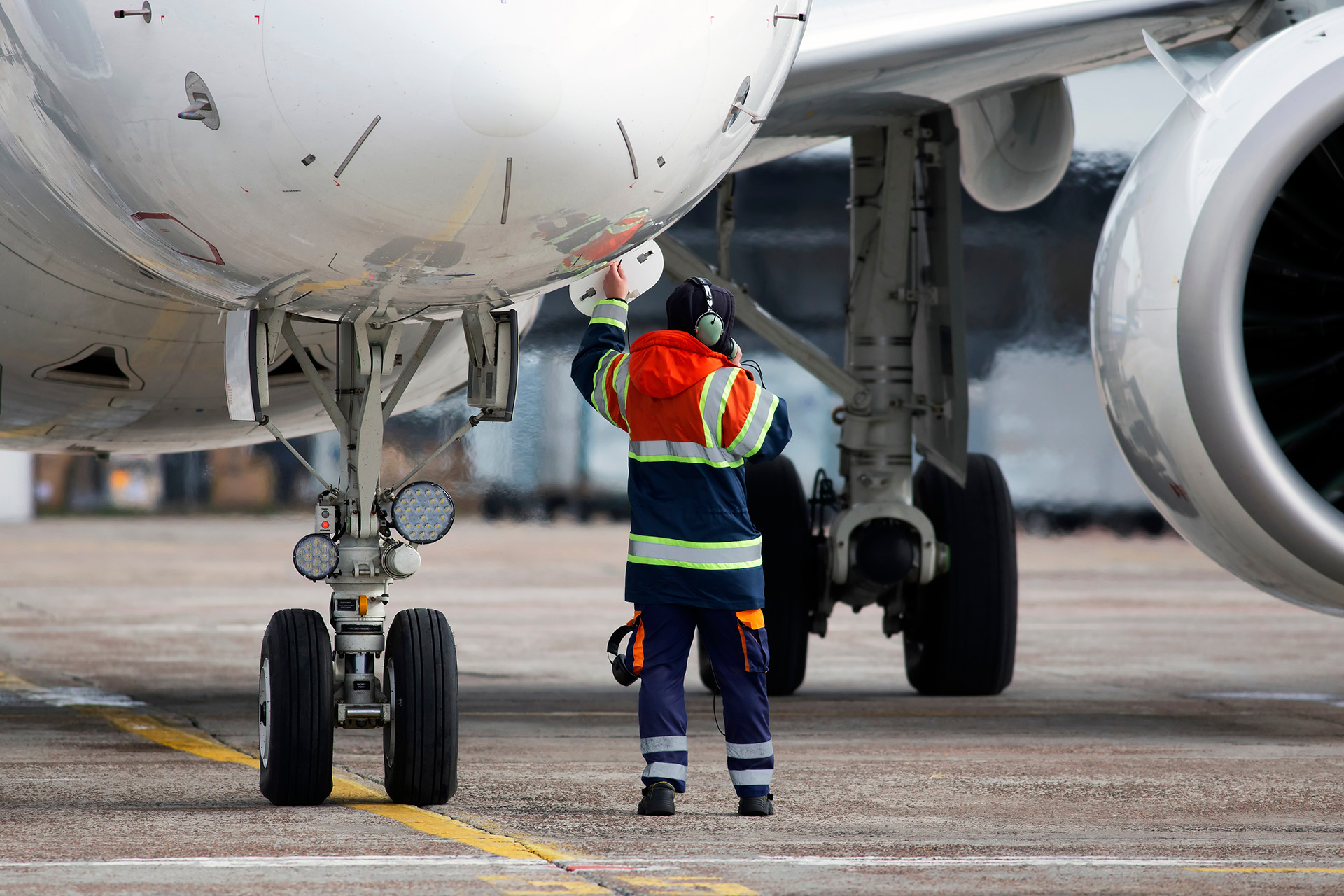Rationale
Intelligence sources continue to show that Mid-Air Collision (MAC) remains a key risk in UK airspace because of our busy and complex airspace serving the individual needs of commercial, military, general aviation and ‘new entrant’ airspace users.
In 2017 the UK Airprox Board (UKAB) assessed 272 Airprox, of which 159 were aircraft-to-aircraft encounters and 113 involved incidents with small unmanned air systems (SUAS) comprising 93 drones, 1 model aircraft, 6 balloons, and 13 unknown objects. Of the 159 aircraft-to-aircraft incidents in 2017, 62 (39%) were assessed as risk-bearing events where safety was not assured (Risk Categories A & B).
Alongside Airprox reports, NATS has confirmed that, from their data interpretation, over 1,000 airspace infringements occur each year; this figure sets infringements as one of the highest risk events that NATS face at this time. As traffic levels increase, it is important that we recognise the more likely need for focussed intervention by all stakeholders, to ensure that the potential for mid-air collision does not increase.
MAC is a complex and long-term challenge to all stakeholders and as such the current MAC activity aims to reduce the risk of mid-air collision by pursuing and encouraging targeted and continuous improvements in technology, systems, cultures, training, and operational processes. To ensure greater focus and use of capability expertise, the CAA has embedded current MAC actions into routine SARG business and regulatory processes (i.e. Business as Usual), but retains a MAC Data Monitoring body to address ongoing and detect newly emerging MAC risks
MAC reduction stakeholders work closely and collaboratively within the CAA MAC Challenge Group, Airspace Infringement Working Groups and Local Airspace Infringement Teams, UK Airprox Board, UK Flight Safety Committee, CAA UAS Programme, Military Aviation Authority and other industry bodies to understand and assess risk and identify effective and collaborative mitigations. This collaborative approach to MAC in the UK is done in accord with the objectives and outcomes set out in the European Plan for Aviation Safety (EPAS).
The current CAA MAC Data Monitoring function provides SARG with performance against Key Indicators, trend analysis data with causal factor information received, monitored and considered. Trend deviation detection from MAC Data Monitoring alerts the appropriate body for action.
Outcomes
- Mitigate the risk of MAC for consumers on UK aircraft operating both within UK and in overseas airspace.
- Use multiple data sources, collaboration with industry and the exchange of information across national and international aviation sectors to identify and address the most significant MAC causal factors.
- Employ a range of means including best practice recommendations, regulatory change, training and improved information sharing to mitigate the MAC risk.
Actions
The MAC activity in the UK uses themes around People, Aircraft & Technology and, Airspace & Air Traffic Management undertaking specific activity on airspace infringements, level busts, TCAS resolution advisory events, and visual and electronic conspicuity.
The programme will continue to:
- Manage data on MAC events and use this evidence to steer action and mitigation strategies with industry collaboration.
- Progress close cooperation and coordination with the CAA UAS Department and related SARG Capabilities and UKAB.
- Enhance mechanisms to publish related information and action through the CAA hosted Airspace Safety Initiative (ASI) website.
- Work closely with technology manufacturers to encourage the development and deployment of conspicuity devices which are interoperable, practical installations and affordable.
- Monitor the effectiveness of published guidance on a new industry standard for low-cost electronic conspicuity devices for use on light aircraft.
- Contribute to the update and accessibility of the recently published CAP 1535 The Skyway Code to act as a guide to airmanship and best practice for pilots in order to supplement the work of the AIWG.
- Continue education and safety promotion in respect of moving-map technology for enhanced situational awareness.
- Continue to collaborate in the evolution of SARG business and regulatory processes to accommodate and address emerging and ongoing MAC risk and actions performed under SARG business as usual.
- Ensure that MAC objectives are fully considered within the UK Airspace Modernisation Strategy and Delivery Programme.
The programme has:
- As part of its 5 point plan to address Airspace Infringements, the MAC cross-industry Airspace Infringement Working Group has successfully refocused and facilitated the establishment of new of Local Airspace Infringement Teams, implemented Listening Frequencies and Squawks, brought-about improvements to the Aeronautical Charts and moved towards more dynamic and clearer understanding of causal factors . The MAC has also made great strides in enhancing the CAA’s Infringement Oversight and Enforcement work to improve the online infringement tutorial and test, introducing an airspace infringement awareness course to be attended by infringing pilots. Stability and improved proactive measures from the AIWG has enabled Airspace Infringement action to be absorbed into ‘business as usual’ mode within the remit of the AAA Capability Airspace Regulation Team. The activity is BAU, the outcomes being analysed and acted upon will continue to be Core data for the MAC program board to respond to.
- Better information and guidance material on respective roles, obligations and expected outcomes will also be made available to flight training examiners and to those parties engaged in two yearly competency checks.
- Consider in detail the effects of airspace design which has potential to cause ‘pinch-points’ or a ‘funnelling effect’ on air traffic.
- The expanded Terms of Reference of the MAC Level Bust Working Group have been put into place to effect the close analysis of incidences of Traffic Alert and Collision Avoidance System Resolution Advisory (TCAS RA) alerts. Cooperation between MAC and related UK and International stakeholders has been established through relevant SARG Capabilities using their ‘business as usual’ processes to further examine operational scenarios with UK Airlines, ANSPs and overseas agencies to identify causal factors and other key areas for further examination.

